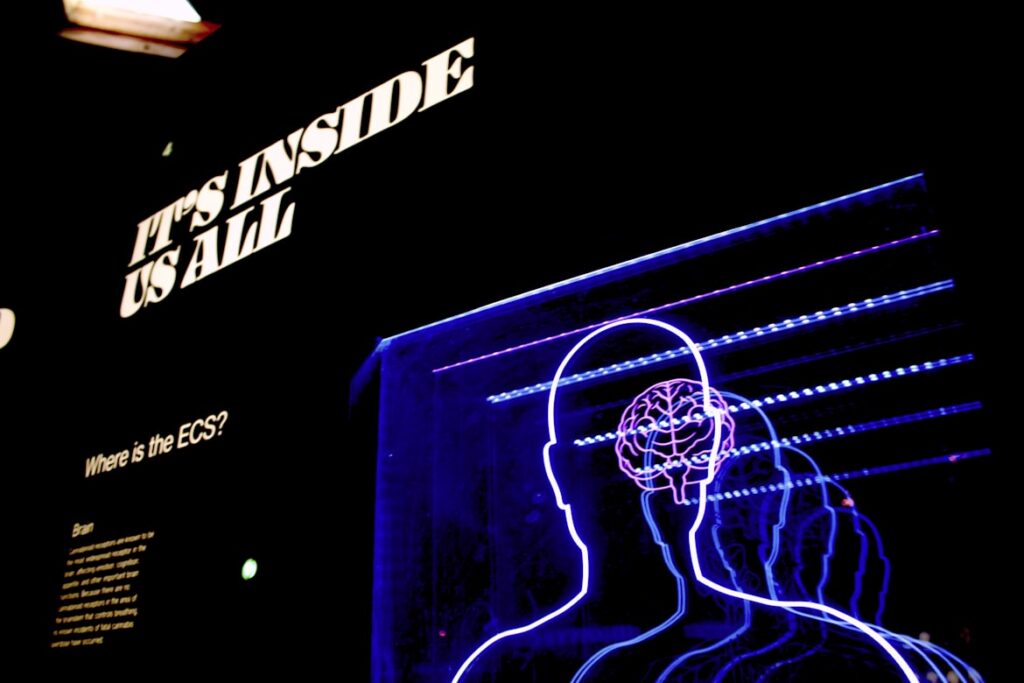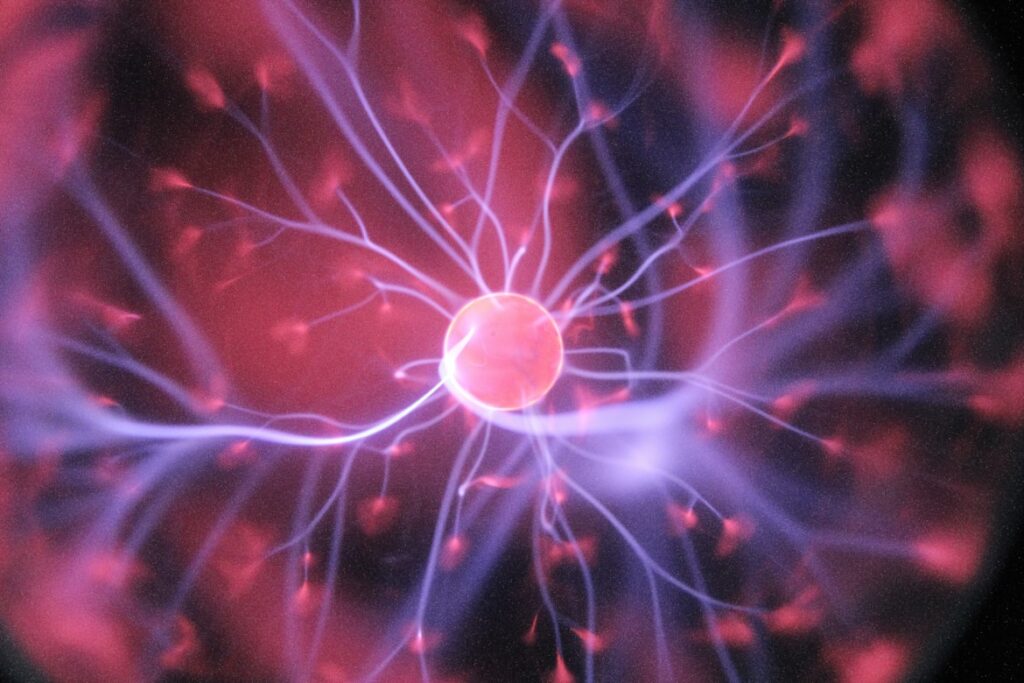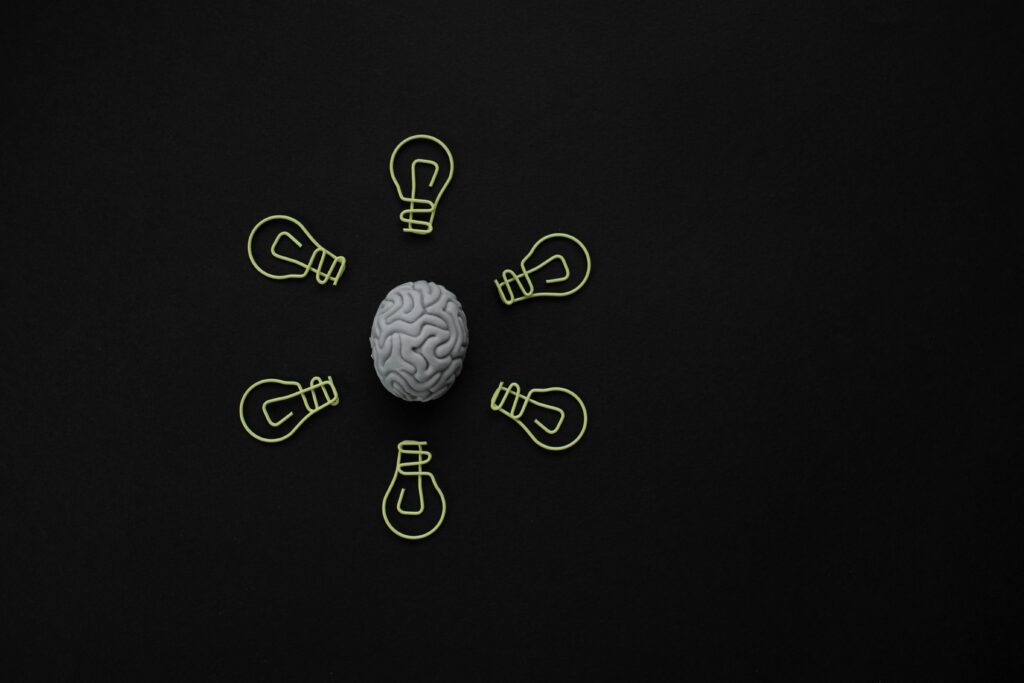For 400 years, our entire understanding of the self has been built on three Latin words: Cogito, ergo sum.
“I think, therefore I am”.
That line from Descartes made us believe that who we are lives in our minds. Your thoughts, your doubts, your reason; that’s the real you. Your body is just along for the ride.
But what if he got it backwards?
New science is starting to say we’ve been looking at it all wrong. Maybe it’s not “I think, therefore I am.” Maybe it’s:
“I feel, therefore I am.”
We aren’t thinking machines that feel. We are feeling machines that figured out how to think.
This isn’t just a fun philosophy question. It could change life and death. Thousands of coma patients, long written off as gone, might actually be aware inside their bodies.
And now, a new study is starting to prove it.
Contents
- 1 The 400-Year-Old “Thinking Self” We All Know
- 2 The New Idea: Consciousness Begins in the Body
- 3 A Scientific Cage Match for Consciousness
- 4 The Verdict: Consciousness Is in the Back, Not the Front
- 5 Finding ‘Covert Consciousness’ in Coma Patients
- 6 Rethinking Life and Death: The Terri Schiavo Case
- 7 Are We Finding Consciousness, or Just Its Shadow?
- 8 The Body Knows First
The 400-Year-Old “Thinking Self” We All Know

Let’s start with Descartes.
To figure out what’s real, he decided to doubt everything. He doubted his senses because they could trick him. He doubted the world because maybe it was all a dream. He even imagined an evil demon messing with him.
But there was one thing he couldn’t doubt: the fact that he was doubting. If you’re being tricked, you have to exist to be tricked. Thinking proved that there’s a “thing that thinks.”
So what’s the problem with that?
It split the mind and body. It made consciousness feel like a top-down command. The mind is the pilot, the body is just the plane.
This idea seeped into Western medicine. When doctors check if someone is conscious, they look for thinking. Can you follow a command? Track a finger with your eyes? Speak?
If the answer is no, we assume the pilot is gone. We assume the person is gone.
The New Idea: Consciousness Begins in the Body
Neuroscientist Antonio Damasio, one of the most respected scientists alive, says Descartes got it backwards.
Consciousness doesn’t think its way into existence. It bubbles up from the body.
Think about it. Before your brain even has a single thought, it’s doing one job nonstop: keeping your body alive. Hunger, thirst, pain, warmth, pleasure; these aren’t just side notes. They’re the original form of consciousness, the brain’s way of translating your body’s survival signals into a “feeling.”
This constant stream of signals—“I’m in pain,” “I’m safe,” “I’m hungry”—is what creates the self. It’s the foundation. Thinking and reasoning came later, built on top of this body-first awareness.
This flips the old idea on its head. Consciousness isn’t something that happens in the “thinking” brain. It starts in the body, in the feeling, in the raw signals that keep us alive.
A Scientific Cage Match for Consciousness

This idea was exciting, but for decades it was mostly just talk. Then came a huge, seven-year experiment, published in Nature in April 2025.
It was a rare “adversarial collaboration.” Two teams of scientists who usually disagreed decided to settle the score once and for all. They hooked 256 people up to fMRIs and EEGs to figure out where consciousness actually lives.
Team 1: The Thinking Team
They back the Global Neuronal Workspace Theory. For them, consciousness is like a spotlight, a flash of fame in the brain. It lights up the “CEO” circuits in your prefrontal cortex, the thinking part right behind your forehead.
Team 2: The Feeling Team
They follow Integrated Information Theory. For them, consciousness isn’t a flash; it’s a state of being. It lives in a sustained signal in the brain’s sensory hub—the back of your brain where you process sights, sounds, and bodily sensations.
The Verdict: Consciousness Is in the Back, Not the Front

The results were complicated, but two findings really stood out.
Prediction 1: Location
The data clearly pointed to the back of the brain, the “feeling” hot zone. The signal in the thinking frontal lobes was weak, or sometimes didn’t show up at all.
Prediction 2: Timing
Again, the back of the brain came out on top. Its activity was sustained, staying on for the whole time a person was aware of something. It wasn’t just a quick flash like the thinking brain theory predicted.
There was no knockout. Neither theory explained everything perfectly. But on the two biggest questions, where consciousness lives and when it happens, the evidence leaned away from the thinking front and toward the feeling back.
This gives huge support to the idea that consciousness starts in the body. And this is where the story gets truly profound.
Finding ‘Covert Consciousness’ in Coma Patients

The Nature study raises a scary question.
If consciousness comes from the “feeling” part of the brain in the back, but we normally measure it using the “thinking” front part (by talking or moving), could someone be conscious and unable to tell anyone?
An August 2024 study in the New England Journal of Medicine answered that question. The answer: yes.
A team of international researchers studied 241 coma patients diagnosed as unresponsive. By all the usual bedside tests, these patients seemed completely gone.
But the researchers used fMRI and EEG scans to bypass the broken motor system and look straight at the brain. They gave simple commands: “Imagine playing tennis” or “imagine opening and closing your hand.”
The results were staggering. One in four patients (25%) showed clear, sustained brain activity that matched healthy volunteers. They were following the commands. They were aware.
This is real-world proof that consciousness can begin in the body, separate from our ability to speak or move.
This state now has a name: Cognitive Motor Dissociation, or CMD. It’s when thinking is disconnected from movement.
For decades, we’ve been misdiagnosing 25% of these patients. We’ve been calling people “vegetative” who are silently aware and understanding everything around them.
Rethinking Life and Death: The Terri Schiavo Case
This new science is unsettling. It forces us to look at some of our most painful memories and questions in a new light.
No case is more famous than Terri Schiavo’s.
In 1990, Terri, 26, suffered a cardiac arrest that starved her brain of oxygen. She was diagnosed with a Persistent Vegetative State.
What followed was a brutal, seven-year legal battle. Her husband, Michael, argued that Terri wouldn’t have wanted to be kept alive by a feeding tube. Her parents insisted she was still “in there” and that removing the tube was murder.
The case spiraled into a political circus, involving the Florida legislature, Governor Jeb Bush, Congress, and even President George W. Bush. The whole debate split the country: “right-to-die” versus “pro-life.”
In 2005, her feeding tube was removed, and she died 13 days later.
The 2024 NEJM study changes how we think about cases like this. The entire debate hinged on one assumption: her PVS diagnosis, the idea that she wasn’t conscious.
Now we know that 1 in 4 of those diagnoses are wrong. Covert consciousness is real. The ethical questions become even harder. We have to ask the unthinkable:
Was Terri Schiavo one of the 25%? Was she silently aware, trapped in her own body, watching the fight over her life?
We’ll never know. But today, for 1 in 4 coma patients, this is not a hypothetical. It’s their reality.
Related: Is Your Brain Even the Source of Consciousness? Neuroscientist Explains the Shocking Truth!
Are We Finding Consciousness, or Just Its Shadow?

All of this points toward a new idea: consciousness begins in the body.
But philosophy offers one last caution. We’re seeing the brain light up, the correlates of consciousness. But are we really seeing consciousness itself?
There’s a famous thought experiment called Mary’s Room.
Imagine Mary. She’s a brilliant scientist who has spent her whole life in a black-and-white room. Through books and a black-and-white monitor, she knows everything there is to know about the color red. She knows its wavelength, how it hits the retina, which neurons fire, every physical fact.
One day, she steps outside and sees a fresh, red apple. Does she learn anything new? Of course she does. She learns what it actually feels like to see red.
That “what it’s like” part, the first-person experience, is called qualia.
fMRI scans of a coma patient are like Mary’s black-and-white books. They show the physical facts. They cannot show us what it’s like to be that patient.
Dr. Jordan Conrad, a philosopher of medicine, sums it up perfectly:
“These studies might be finding what causes consciousness—but they’re not finding consciousness itself.”
The Body Knows First
We still haven’t solved the “Hard Problem” of consciousness. We don’t know how a three-pound lump of gray matter produces the rich, personal experience of being you.
But for the first time, we’ve changed where we’re looking.
For 400 years, we chased the thinker and ignored the feeler. Now we know consciousness begins in the body, in that ancient, bubbling stream of life that insists on its own existence.
We also know that covert consciousness isn’t a one-in-a-million fluke. For many coma patients, it’s one in four.
For the thousands trapped inside their own bodies, silently waiting to be found, this science isn’t just theory. It’s a flashlight, one that shines a ray of world-changing new hope.